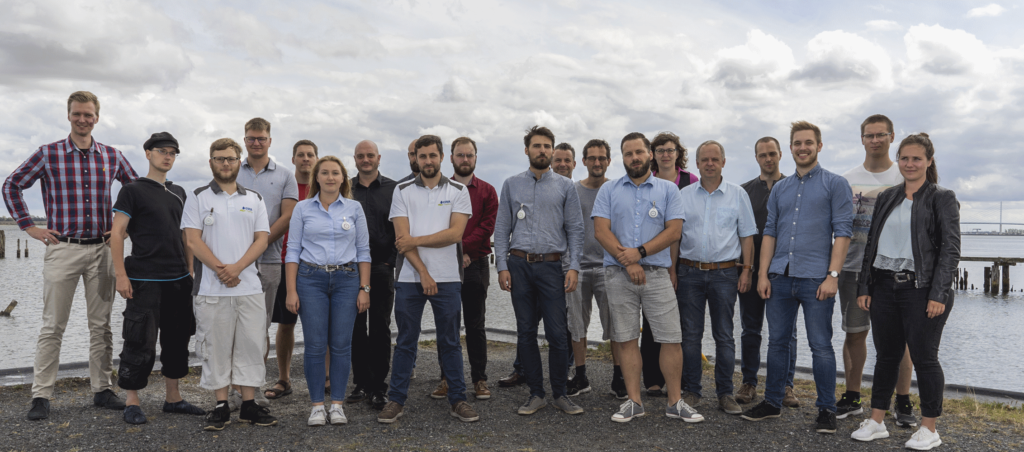GWA Hygiene is a company that specializes in sensor technology for monitoring hand sanitization practices at hospitals. Its hygiene monitoring solutions make it easier for medical management to reduce the risk of infection.
We had the opportunity to interview, Tobias Gebhardt, GWA Hygiene’s Head of Sales and Business Development at the EIT Digital Awards Ceremony in November of 2019.
“We tackle the challenge of hospital-acquired infection because every year on this planet, 60 million people die because of hospital-acquired infection, and one main reason for that is the missing hand disinfection of the healthcare workers in the hospitals. And we have developed an IoT system that can monitor the hand hygiene behaviour of the healthcare workers, to provide data-based feedback.”
How GWA Hygiene Works: Improving Hand Disinfection Rates in Hospitals

The Stralsund-based company fits hospitals with its measuring technology and data analytics platform. The sensor is located where handwashing occurs, giving hospital management the key to understanding possible sources of infection. Staff wear badges that the sensors register. Its technology is supported through the internet of things. Its analytical platform also supports the coordination of daily logistical tasks for maintaining sanitary stations. The company, founded in 2015, is developing the plans for its surface-disinfection monitoring system. Its technology can also be applied in factory settings where hygiene is also a priority.
The company seeks to provide data-backed evidence for hand sanitization practices in hospitals. Gebhardt shared that current regulations aren’t the most reliable, “Up to 90% of all germs are transmitted via our hands, but only every 2nd hand disinfection is actually done. So nowadays there are some infection control teams in every hospital, they talk about, they try to convince all the doctors, sometimes they overestimate themselves, but just talking about it doesn’t work. You need technology that provides real data to really increase awareness.”
The accompanying data and analytics platform allows the monitoring team to separate activity based on a number of demographic characteristics, including the individual’s position at the hospital. Its technology is applicable anywhere hand hygiene is important, including elderly homes and dialysis centres. Since the product is not legally considered a medical device, the company has quite strategically avoided the red tape notorious in the digital health industry.
Going Global the Local Way
The company has raised over 2.5M EUR in funding over 1 round and is backed by 2 major investors. So far the company has over 30 installations in 8 European countries. Its strategy for scaling is to build partnerships in new locations in order to tap into existing networks. It’s focused mainly on Germany, but will expand internationally, because, as Gebhardt charmingly relays, “Germs do not care about borders.”


